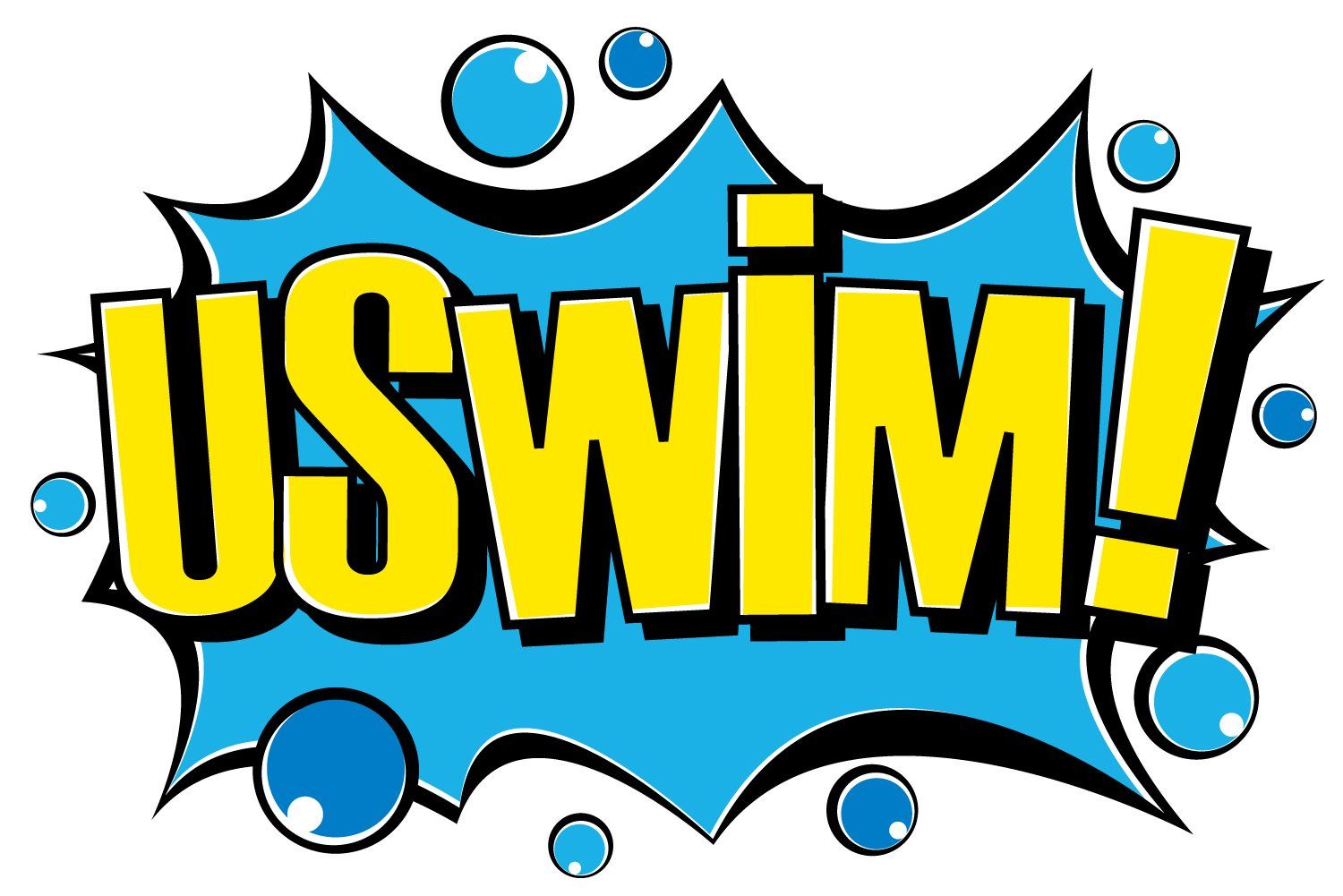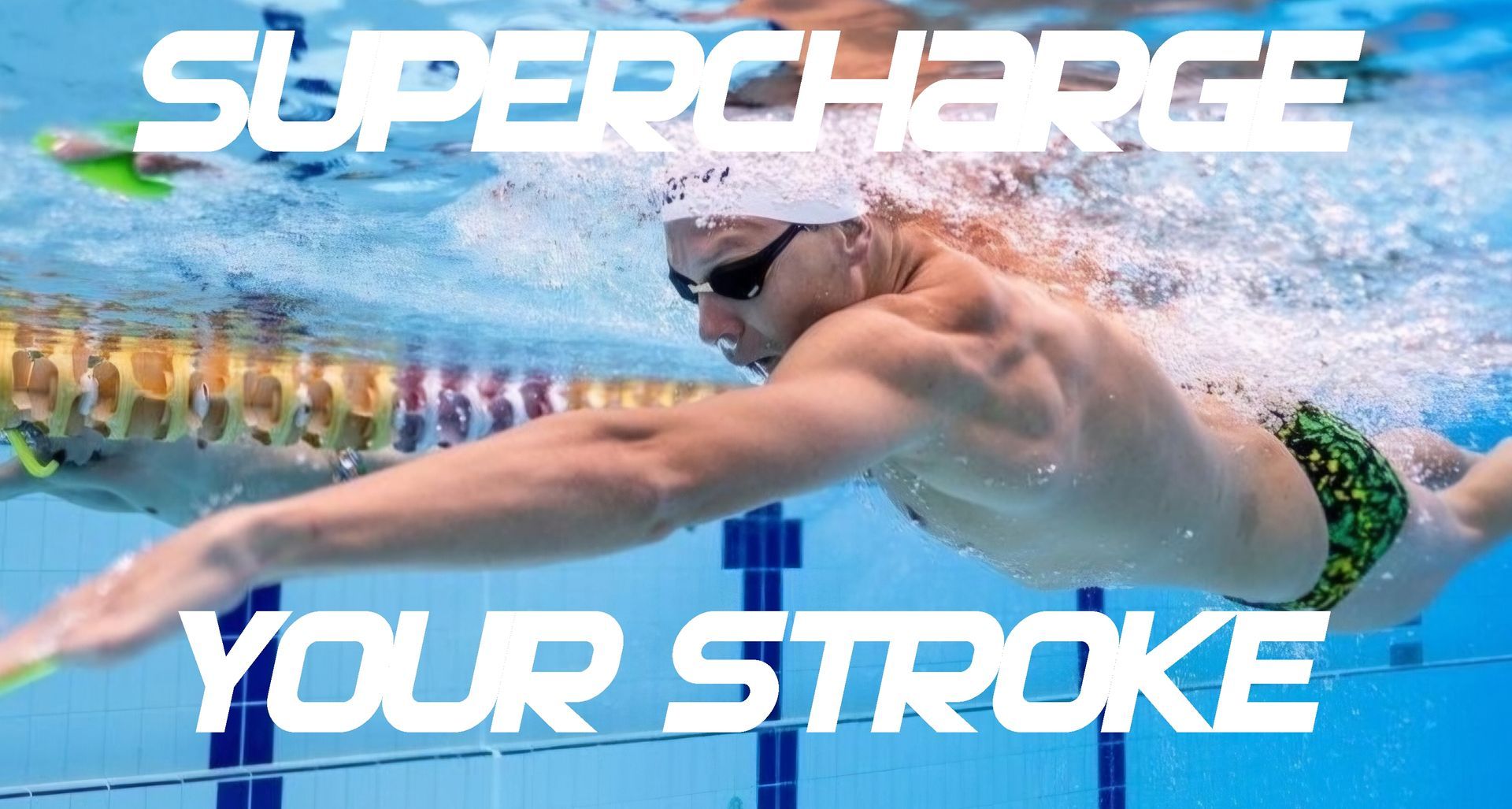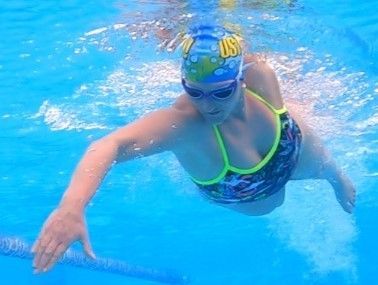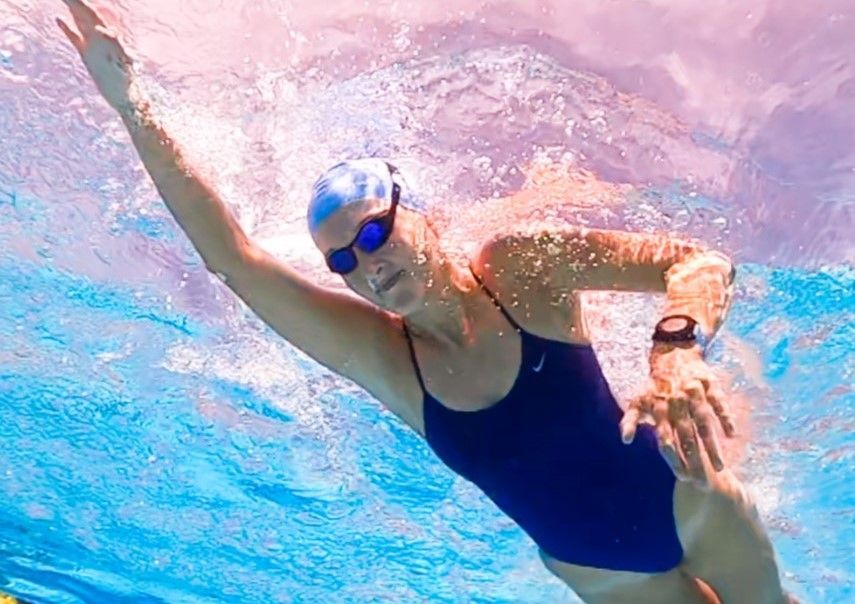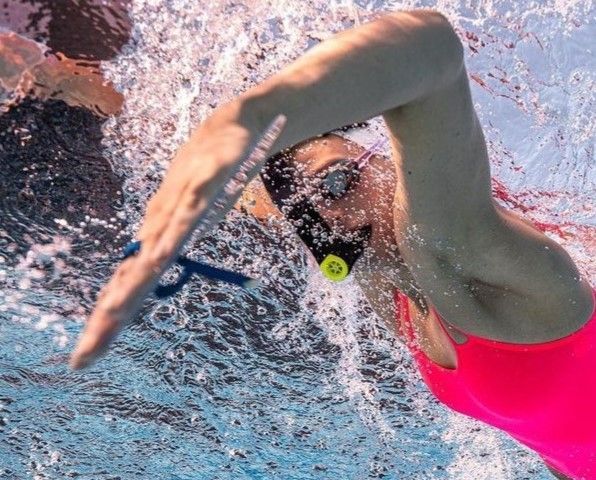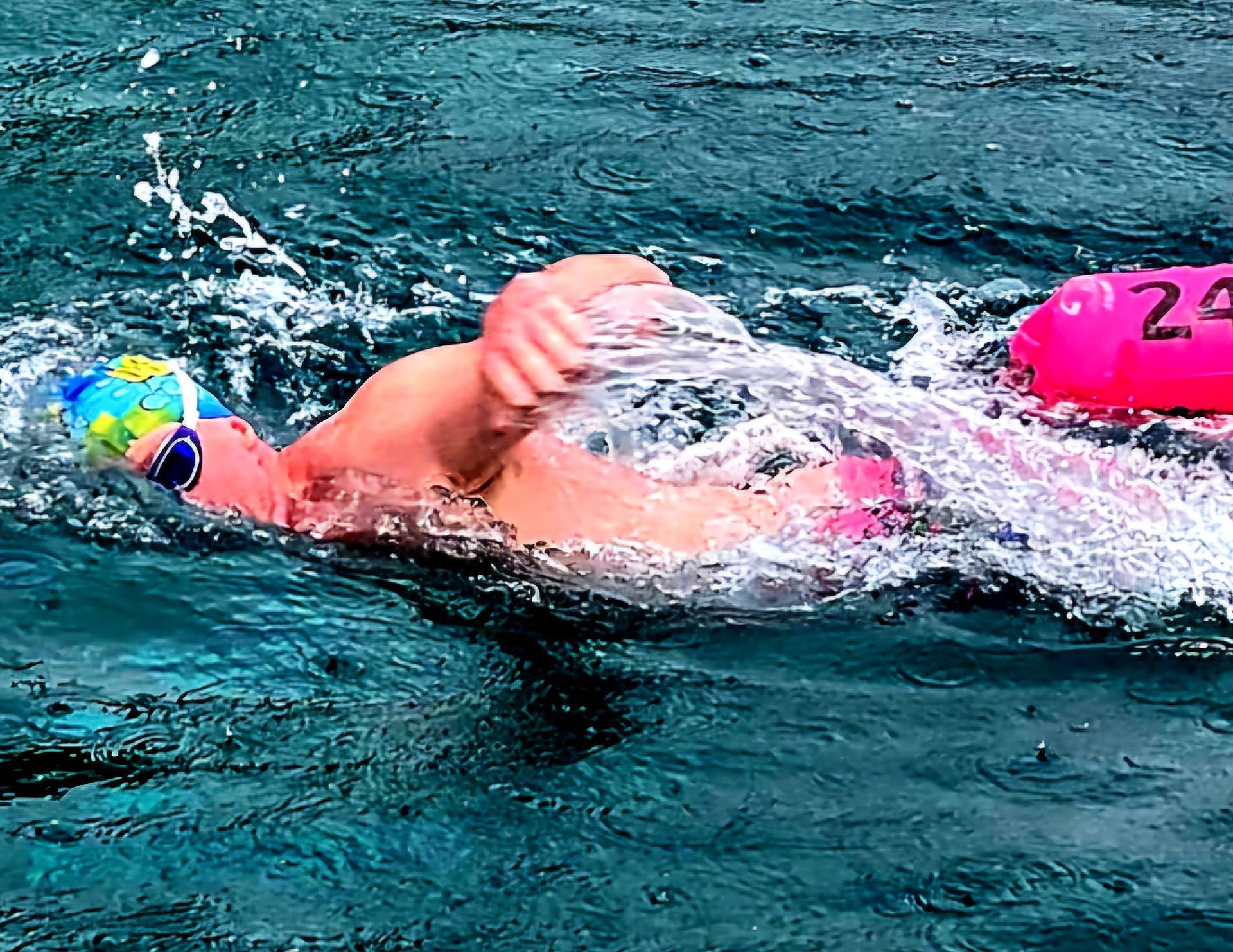TOP TIP 3
THE CATCH & POWER PHASE
The power in swimming comes from the core group of muscles, which is the area from the neck to the knees, including all of the upper-back and shoulder muscles, the abdominal muscles, and the trunk and upper-leg muscles.
The best way to access this power is with a great setup at the beginning of the freestyle underwater pull, or what is commonly called the catch. This refers to the point in the stroke when a swimmer's hand connects with the water and starts to pull.
The catch itself is not the main propulsive part of the stroke, but when properly executed, it sets your stroke up to be more effective through the propulsive power phase that follows. The freestyle catch occurs in the first 9 to 12 inches (23-30 cm) of the stroke, where you begin your pull while keeping your elbow high.
Anchor Your hands
Great freestyle swimmers anchor their hands in the water and use their core muscles to rotate their bodies past their hands. To properly achieve this catch position, internally, or medially, rotate your shoulder and open your armpit. Imagine driving your elbow toward the pool wall in front of you.
Keep your hand planed directly back (toward the wall behind you), with your fingertips pointed toward the bottom of the pool, until your arm has reached midstroke. This is a key point for maintaining a powerful application of propulsive force. Once you set the high-elbow position in the underwater pull, maintain it throughout the stroke cycle. By keeping your hand and elbow anchored in the water at the catch spot, you will be able to recruit core muscles to rotate your body past that spot on the longitudinal axis.
Accelerate through stroke
Your hand moves slowest at the catch phase of the stroke, but gradually picks up momentum until it is moving fast under your hips at the end of the stroke. The acceleration of the hand through the underwater pull synchronized with the rotation of the body's core creates the power phase of the freestyle stroke.
With a well-executed hand entry and extension followed by an effective catch and follow-through, your hand will actually come out of the water in front of the point where it entered! The hands of world-class swimmers exit the water about 1 m in front of their entry points. These swimmers have an incredible amount of shoulder and back flexibility, allowing them to position their hands, forearms, and elbows in the catch position much earlier in the stroke. This creates a longer and more propulsive power phase.
USWIM RECOMMENDED DRILLS (taught at group swims & 121's); Single Arm, Fist, Doggy Paddle, Catch-High
